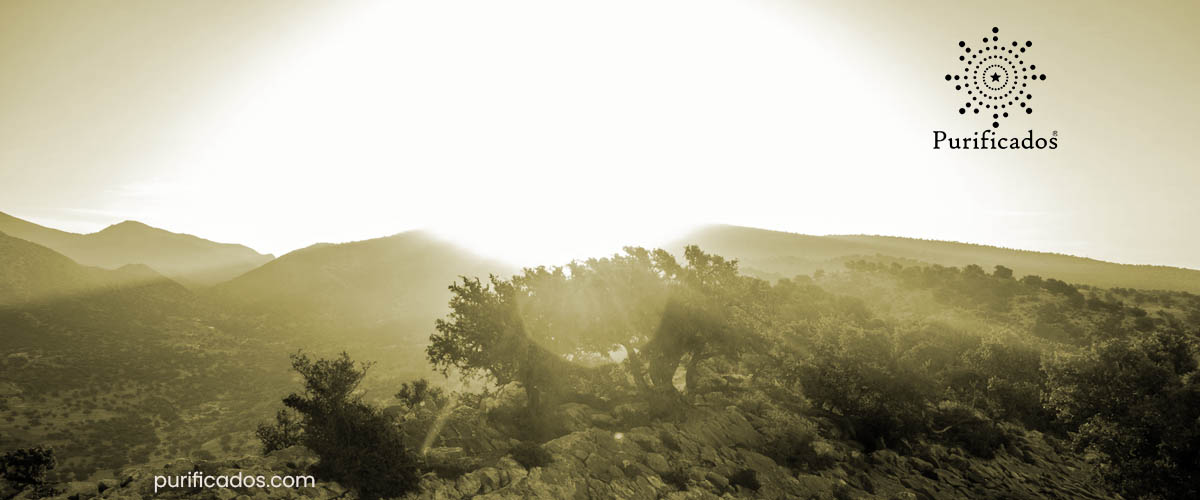
The Argan Struggle: Drought and the Fate of Morocco’s Liquid Gold
Arid Embrace: Argan Tree Under Threat
The relentless grip of drought has cast a long shadow over Morocco, and its impact on the iconic Argan tree and the thriving Argan oil industry is becoming increasingly stark. These hardy trees, deeply rooted in the arid and semi-arid landscapes of southwestern Morocco, are facing unprecedented levels of stress as rainfall diminishes and temperatures rise. The consequences are far-reaching, threatening not only the health and survival of these invaluable trees but also the livelihoods of the communities that depend on them.
Dwindling Rain: Impact on Oil Production
One of the most visible effects of the drought is the reduced productivity of the Argan trees. Water scarcity directly impacts the trees’ ability to produce their precious kernels, the source of Argan oil. Berries are smaller and fewer in number, leading to a significant decrease in oil yield. This decline in raw material directly translates to lower production volumes for the Argan oil industry, creating challenges for cooperatives and businesses involved in processing and exporting this liquid gold.
A Fragile Balance: Ecological Ripple Effects
Beyond the immediate impact on oil production, the prolonged drought poses a serious threat to the long-term health of the Argan ecosystem. Stressed trees become more susceptible to diseases and pests, further weakening their resilience. The delicate balance of the arid and semi-arid environment is disrupted, potentially leading to desertification and the loss of biodiversity. This not only jeopardizes the future of the Argan trees but also the unique flora and fauna that coexist within this ecosystem.
The Human Story of Argan Oil
The Argan oil industry is more than just an economic activity; it is deeply intertwined with the cultural heritage and social fabric of the Berber communities in southwestern Morocco. Many women’s cooperatives rely on Argan oil production as a primary source of income, empowering them and their families. The drought-induced decline in production threatens these livelihoods, potentially leading to economic hardship and social disruption in these rural areas.
Hope
Addressing the challenges posed by the drought requires a multi-faceted approach. Sustainable water management practices, such as rainwater harvesting and efficient irrigation techniques, are crucial for mitigating the impact of water scarcity. Furthermore, efforts to conserve and restore the Argan forest, coupled with research into drought-resistant Argan varieties, are essential for ensuring the long-term viability of this precious resource and the communities that depend on it. The resilience of the Argan tree and the Argan oil industry in the face of this environmental challenge will depend on proactive and collaborative action.
